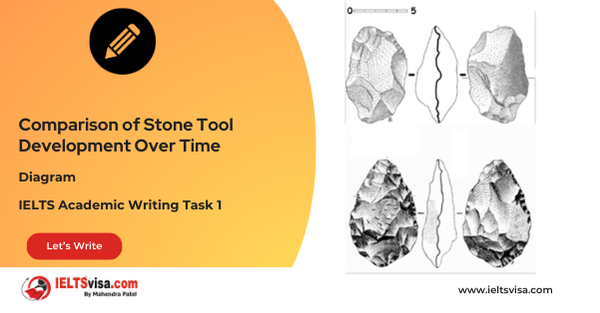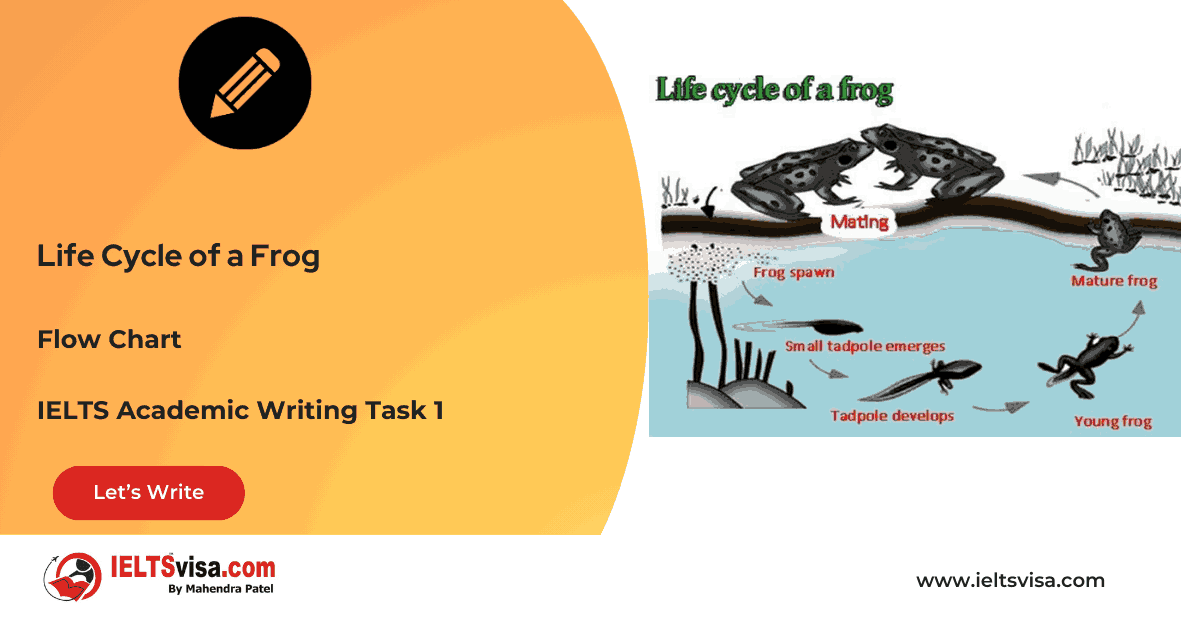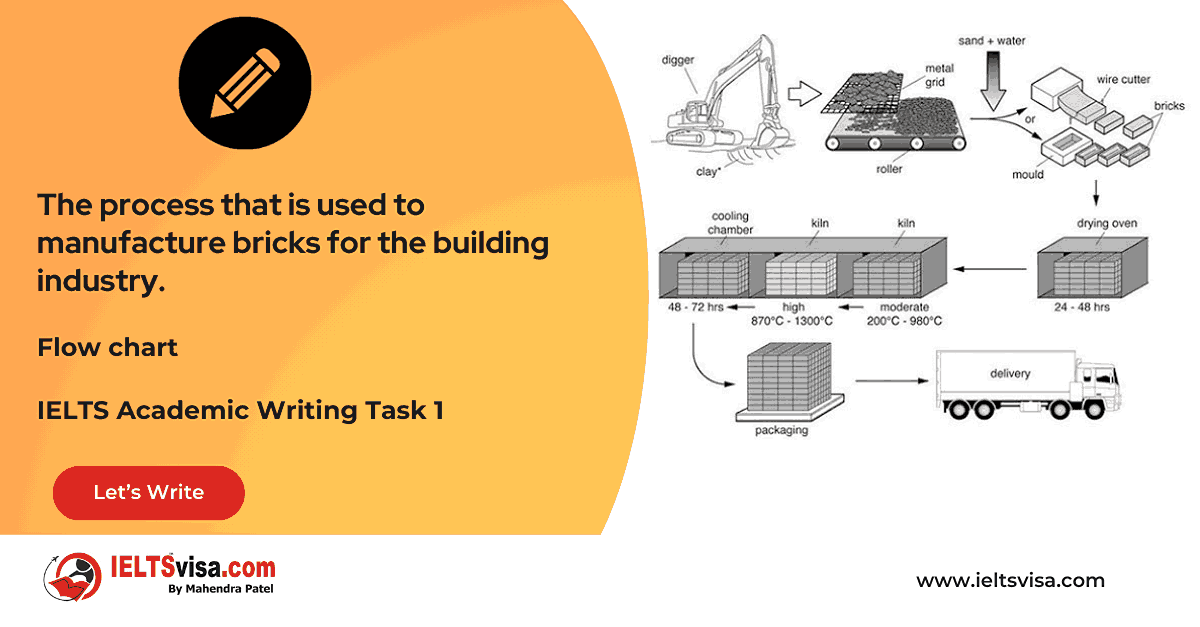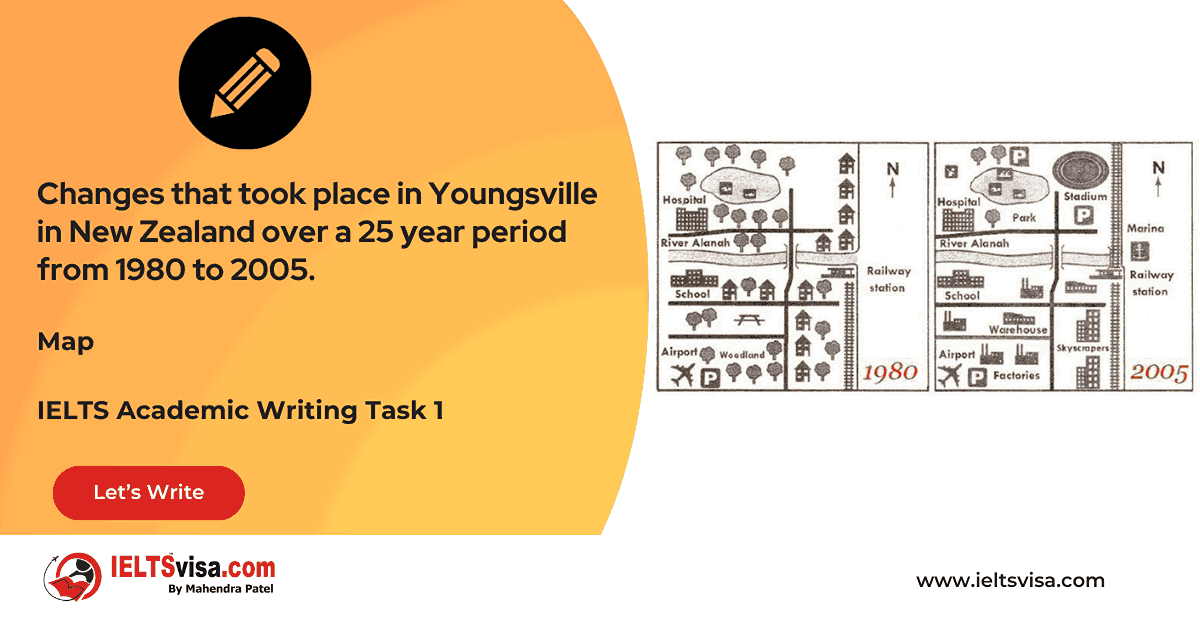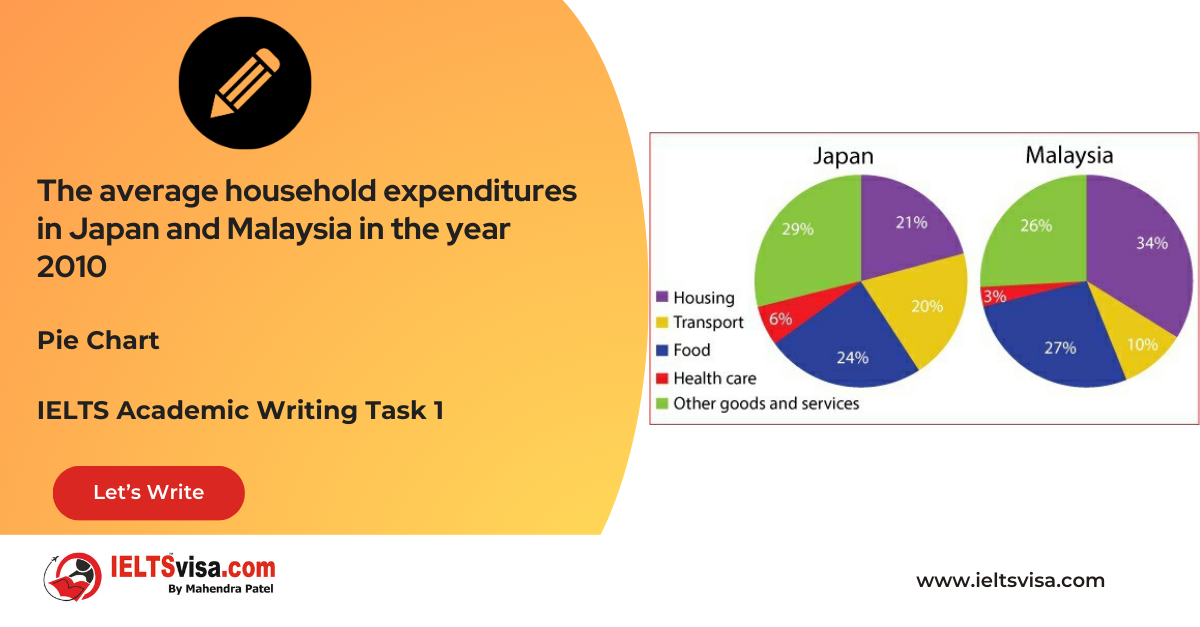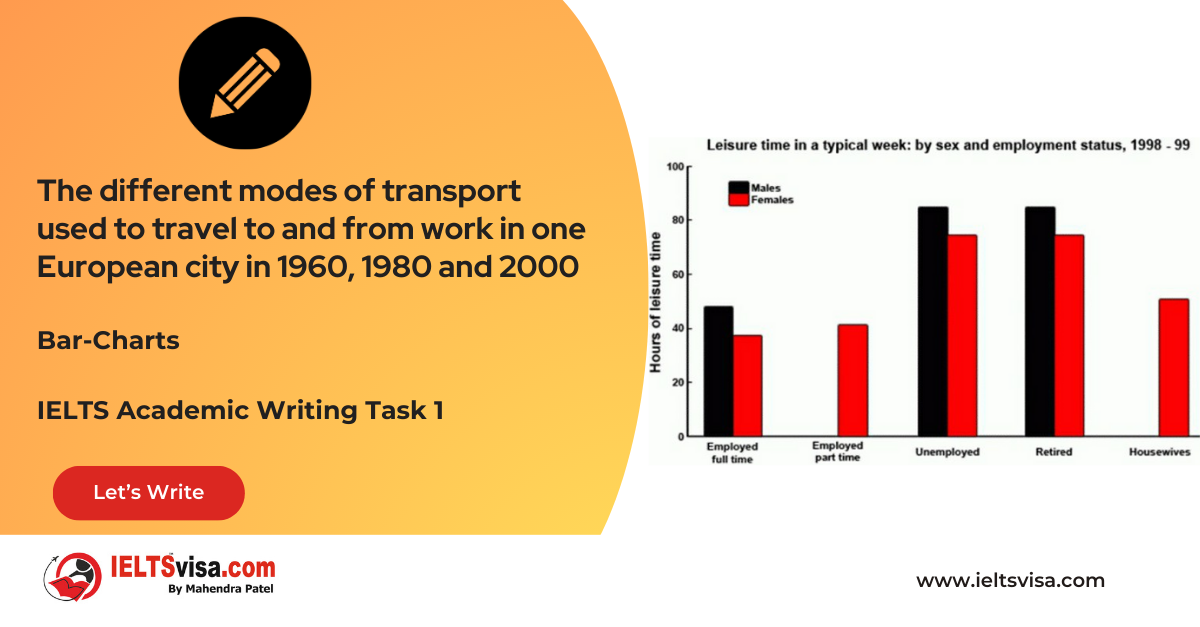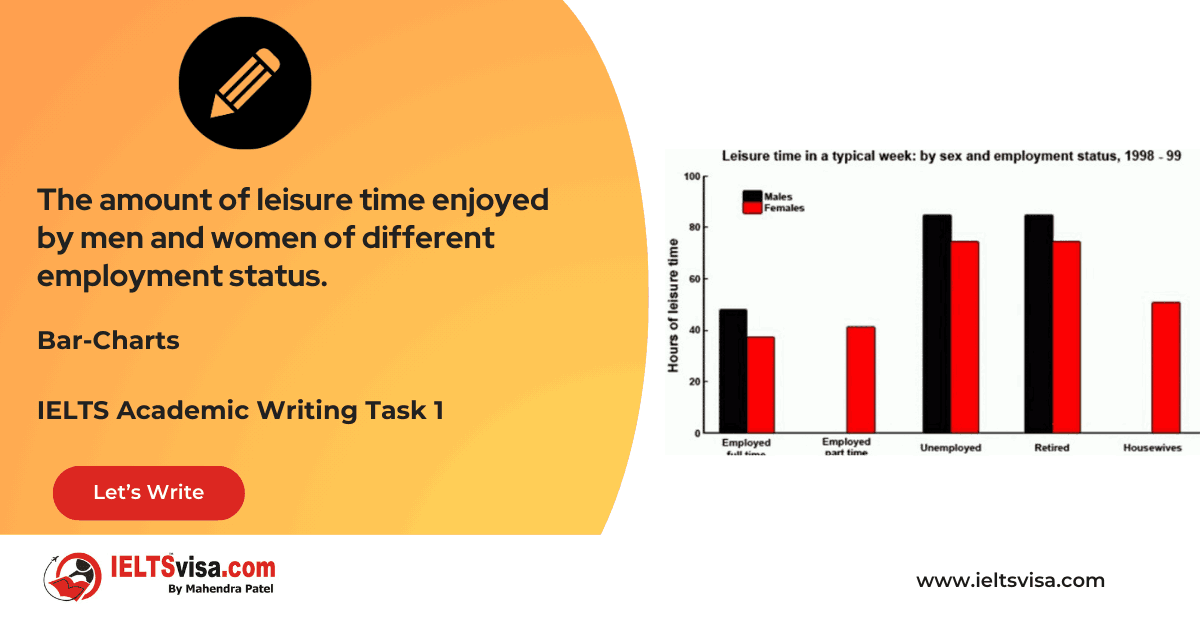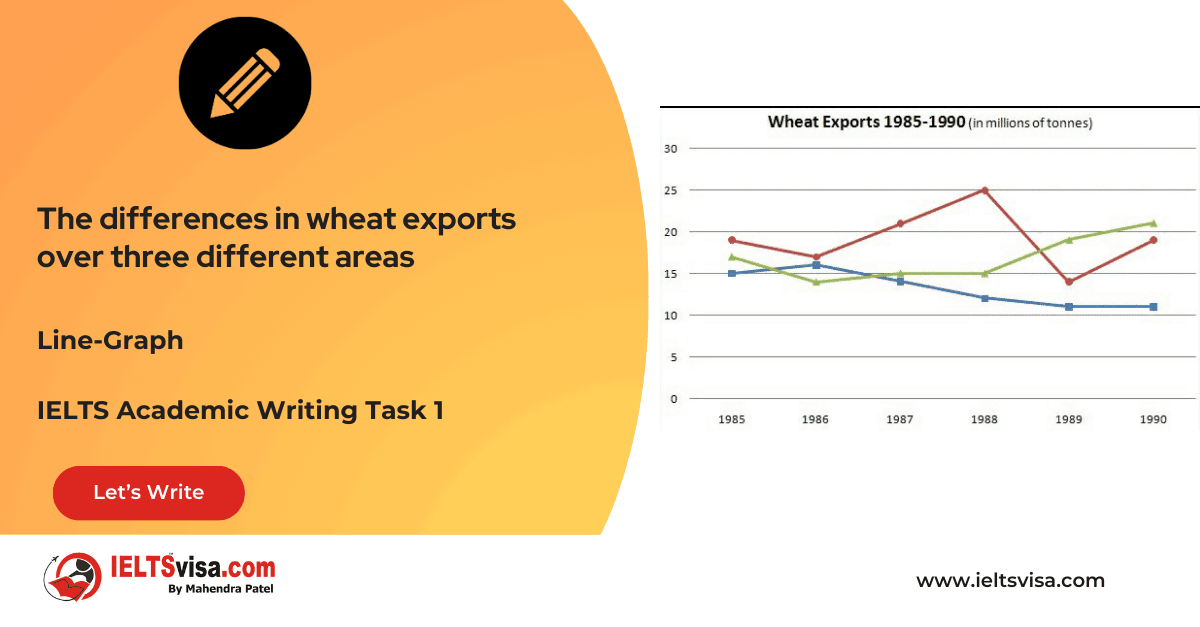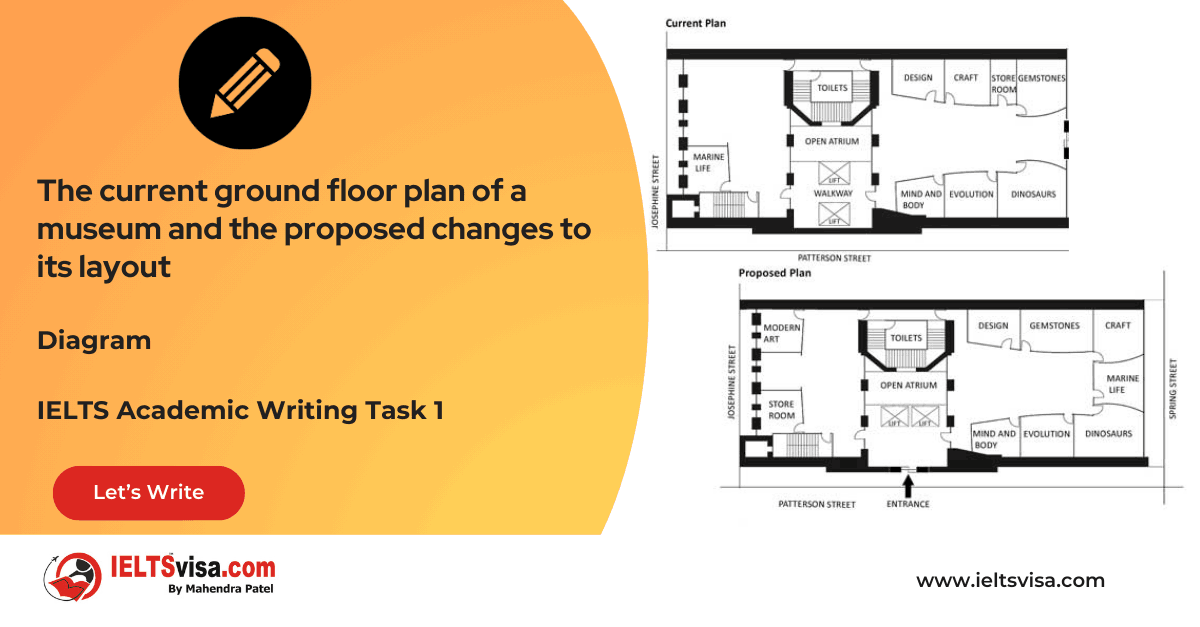The Pie Chart Vocabulary
Lexical Resource & Grammatical Range and AccuracyIELTS Academic Writing Task 1
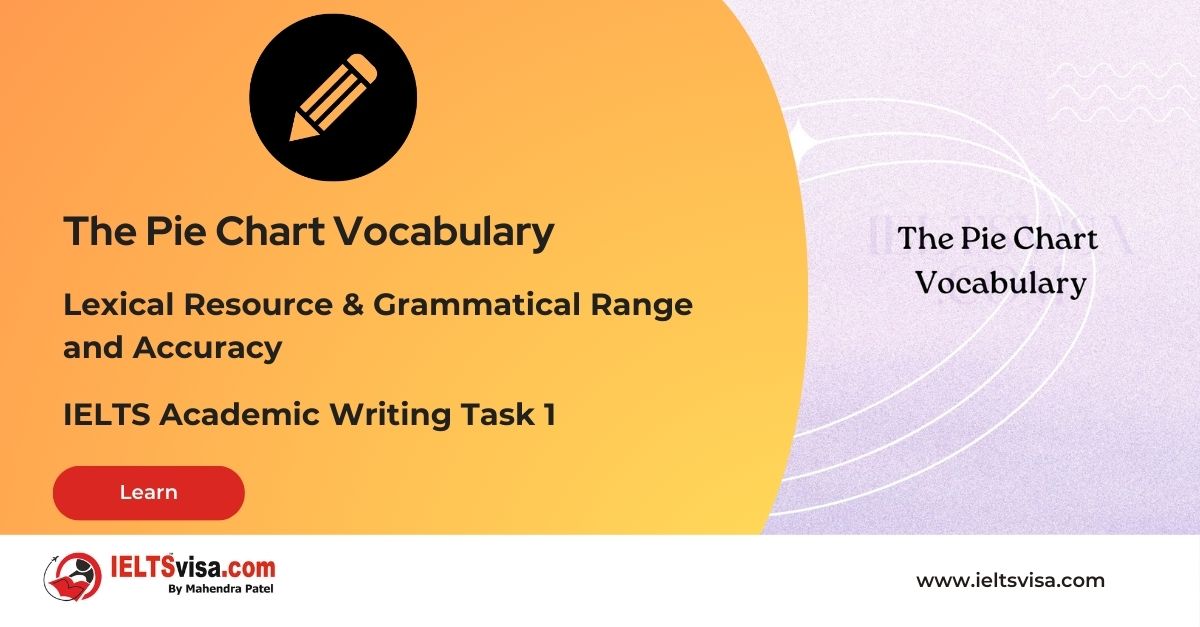
In the IELTS Academic Writing Task 1, effectively using appropriate vocabulary for describing and analysing pie charts is crucial for achieving a high score in the Lexical Resource and Grammatical Range and Accuracy criteria. Pie charts are a common visual representation of data, showing proportions and percentages of different categories.
By utilising specific vocabulary and phrases, you can accurately describe the information presented in pie charts, showcase your language proficiency, and enhance your overall performance.
This article will explore the importance of pie chart vocabulary in Task 1, accompanied by examples and answers to help you excel.
1. Overall Description:
When providing an overall pie chart description, it is important to use appropriate vocabulary to summarise the main points. Here are some useful phrases and words to accomplish this:
a. The pie chart illustrates/shows/displays:
Example: The pie chart illustrates the distribution of household expenses in a typical family.
b. The chart provides an overview of:
Example: The chart provides an overview of the city’s air pollution sources.
c. It can be seen/observed/noted that:
Example: It can be observed that the majority of the population is employed in the service sector.
2. Describing Categories:
When describing the different categories or sections of a pie chart, specific vocabulary can help provide clear and concise information. Here are some useful phrases and words to describe categories:
a. The largest/biggest/major portion:
Example: The largest portion of the pie chart represents the expenditure on housing.
b. The second/middle/smallest segment:
Example: The second segment of the chart shows the allocation of funds for transportation.
c. A significant/moderate/minor proportion:
Example: A significant proportion of the chart is dedicated to healthcare expenses.
3. Comparing Categories:
Comparative vocabulary is essential when comparing different categories or discussing their relationships. Here are some useful phrases and words for making comparisons:
a. The percentage/proportion of category X is higher/lower than category Y:
Example: The percentage of female students is higher than that of male students.
b. Category X accounts for a larger/smaller portion than category Y:
Example: Housing costs account for a larger portion of the budget than transportation expenses.
c. There is a notable/dramatic difference between category X and category Y:
Example: There is a notable difference between the number of elderly citizens and the number of children.
4. Specifying Exact Values:
When providing precise information about the percentages or proportions in a pie chart, specific vocabulary can help convey accuracy. Here are some useful phrases and words for specifying exact values:
a. X per cent/portion of the chart represents:
Example: 30 per cent of the chart represents educational expenditures.
b. The proportion of category X is:
Example: The proportion of category X is 20 per cent.
c. A significant/minor percentage is allocated to:
Example: A significant percentage is allocated to food and beverages.
Using appropriate vocabulary when describing and analysing pie charts in Task 1 is essential for conveying information accurately. Selecting the most relevant vocabulary and phrases to effectively communicate the key points is important. Practice incorporating these pie chart vocabulary words and phrases into your writing, and remember to proofread for clarity and coherence.
In conclusion, a strong command of pie chart vocabulary is vital for achieving a high score in the Lexical Resource and Grammatical Range and Accuracy criteria of the IELTS Academic Writing Task 1. You can accurately convey the information presented in pie charts by utilising specific vocabulary to describe the overall picture, categories, comparisons, and exact values.
With consistent practice and attention to detail, you will excel in Task 1 and achieve success in your IELTS examination.








Our Books
Master IELTS Speaking Part 1
IELTS Writing Task 1 Book
IELTS Writing Task 2 Book
Practice IELTS Other Modules
IELTS Listening
The IELTS Listening test assesses how well you can understand spoken English in various contexts. It lasts about 30 minutes and is divided into four sections with a total of 40 questions. The listening tasks become increasingly difficult as the test progresses.
IELTS Academic Reading
The IELTS Academic Reading section assesses your ability to understand and interpret a variety of texts in academic settings. It is designed to evaluate a range of reading skills, including skimming for gist, reading for main ideas, reading for detail, understanding inferences, and recognizing a writer's opinions and arguments.
IELTS Speaking
The IELTS Speaking test assesses your ability to communicate in English on everyday topics. It lasts 11-14 minutes and consists of three parts: introduction, cue card, and a discussion based on the cue card topic.
IELTS General Reading
IELTS General Reading tests your ability to understand and interpret various types of texts. Here are some key areas and types of content you can expect to encounter in the reading section, along with tips for effective preparation.
IELTS Academic Writing Task 1
In IELTS Academic Writing Task 1, you are presented with a visual representation of information, such as graphs, charts, tables, or diagrams, and you are required to summarize, compare, or explain the data in your own words.
IELTS General Writing Task 1
In IELTS General Writing Task 1, you are required to write a letter based on a given situation. The letter can be formal, semi-formal, or informal, depending on the prompt. Here’s a breakdown of the key components to include in your letter
IELTS Academic Writing Task 2
In IELTS Academic Writing Task 2, you are required to write an essay in response to a question or topic. Here’s a guide to help you understand the essential elements of this task
IELTS Exam Tips
To succeed in the IELTS exam, practice regularly, familiarize yourself with the test format, improve your vocabulary, develop time management skills, and take mock tests to build confidence.
Grammer for IELTS
Grammar is the foundation of effective communication in English. Understanding tense usage, subject-verb agreement, and sentence structure enhances clarity and coherence in writing and speaking.
Vocabulary for IELTS
Vocabulary plays a crucial role in the IELTS (International English Language Testing System) exam, especially in the Speaking and Writing sections. Here’s an overview of why vocabulary is important and how it impacts your performance
RECENT IELTS SAMPLES QUESTIONS AND ANSWERS
Task 1 – Diagram – Comparison of Stone Tool Development Over Time
20:00 Start Pause Stop [df_adh_heading title_infix="IELTS Writing Task 1 Question" use_divider="on"...
Task 1 – Flow chart -Life Cycle of a Frog
20:00 Start Pause Stop [df_adh_heading title_infix="IELTS Writing Task 1 Question" use_divider="on"...
Task 1 – Flow chart -The process that is used to manufacture bricks for the building industry.
20:00 Start Pause Stop [df_adh_heading title_infix="IELTS Writing Task 1 Question" use_divider="on"...
Task 1 – Map – Changes that took place in Youngsville in New Zealand over a 25 year period from 1980 to 2005.
20:00 Start Pause Stop [df_adh_heading title_infix="IELTS Writing Task 1 Question" use_divider="on"...
Task 1 – Pie Chart – The average household expenditures in Japan and Malaysia in the year 2010
20:00 Start Pause Stop [df_adh_heading title_infix="IELTS Writing Task 1 Question" use_divider="on"...
Task 1 – Bar Graph – The different modes of transport used to travel to and from work in one European city in 1960, 1980 and 2000
20:00 Start Pause Stop [df_adh_heading title_infix="IELTS Writing Task 1 Question" use_divider="on"...
Task 1 – Bar Graph – The amount of leisure time enjoyed by men and women of different employment status
20:00 Start Pause Stop [df_adh_heading title_infix="IELTS Writing Task 1 Question" use_divider="on"...
Task 1 – Line Graph – The differences in wheat exports over three different areas
20:00 Start Pause Stop [df_adh_heading title_infix="IELTS Writing Task 1 Question" use_divider="on"...
Task 1 – Diagram – The current ground floor plan of a museum and the proposed changes to its layout
20:00 Start Pause Stop [df_adh_heading title_infix="IELTS Writing Task 1 Question" use_divider="on"...

